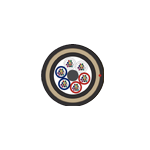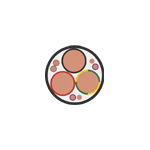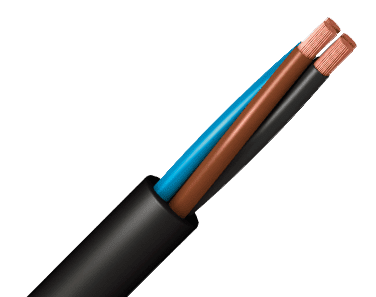MARINE CABLES
A full range of power, control, instrumentation and low voltage marine cables. All of them available in armoured and unarmoured versions and also according to the fire performances: flame and fire retardant, and fire resistant.
Life Cables proudly serves the global shipbuilding and offshore industry, supplying a complete range of marine-grade cables designed for power, control, instrumentation, and communication systems aboard all types of vessels.
All our marine cables are manufactured in accordance with the IEC 60092 series of international standards and are Class-approved by major certification bodies including:
-
DNV (Det Norske Veritas)
-
ABS (American Bureau of Shipping)
-
BV (Bureau Veritas)
-
LR (Lloyd’s Register Marine)
Whether for merchant vessels, tankers, cruise ships, offshore platforms, or support ships, Life Cables offers reliable armoured and unarmoured marine cables with flame retardant, fire resistant, and low smoke zero halogen (LSZH) options.
Applications:
The LIFE MARINE® TOXFREE® range is ideal for use on:
-
Cruise Ships
-
Merchant Vessels
-
Tankers & Bulk Carriers
-
Drillships & Floatels
-
Offshore Support Vessels
-
Feeder Vessels & Barges
For custom marine cable specifications or orders, get in touch with our sales team today.
FREQUENTLY ASKED QUESTIONS (FAQ) – MARINE CABLES
1. What are the main applications for marine cables?
Life Cables’ marine cables are installed across a variety of vessels and marine environments—such as cruise liners, tankers, feeder vessels, bulk carriers, seismic ships, drillships, and offshore platforms—especially in mud-free and corrosion-prone areas.
2. What should you consider when choosing marine cables?
Key selection factors include:
-
Cable cross-section and conductor type
-
Insulation and sheathing materials
-
Voltage and temperature ratings
-
Fire safety performance
-
IEC compliance and certification
-
Resistance to seawater, oil, and UV exposure
-
Shielding (for EMI protection)
3. Why is XLPE commonly used in marine cables?
XLPE (Cross-Linked Polyethylene) offers superior thermal, mechanical, and chemical resistance. It allows marine cables to operate at conductor temperatures up to 90°C, in accordance with IEC 60092-360, while ensuring excellent durability and dielectric strength.
4. What sets marine cables apart from standard cables?
Marine cables are specifically engineered to handle harsh maritime conditions, including:
-
Saltwater corrosion
-
Mechanical vibration and stress
-
Wide temperature variations
-
Risk of fire and toxic smoke
-
Electromagnetic interference (EMI)
They typically feature layered construction for maximum protection, including insulation, bedding, shielding, and armouring where required.
5. Why is shielding and VFD compatibility important on ships?
Modern vessels are equipped with sensitive electronics and variable frequency drives (VFDs), making shielded cables essential to prevent electromagnetic interference. Life Cables offers marine cables designed for high EMI resistance, helping ensure stable performance of navigation, communication, and automation systems.
6. What is the IEC 60092 standard?
IEC 60092 is the global benchmark for marine electrical cables, covering aspects such as construction, testing, and performance. Compliance ensures the safety, durability, and fire resistance of cables installed on ships and offshore platforms.
7. What fire safety standards should be met for marine cables?
Life Cables’ LSZH TOXFREE® marine cables are tested against rigorous fire performance standards, including:
-
Flame propagation (IEC 60332-1)
-
Fire resistance (IEC 60332-3-22)
-
Low smoke emission (IEC/EN 61034)
-
Low toxic and corrosive gas emissions (IEC 60754)
This ensures maximum safety in confined marine environments.
8. Why is third-party marine cable certification important?
Certifications from DNV, ABS, BV, and Lloyd’s Register serve as independent verification that marine cables meet the most demanding safety and quality standards. They give shipowners, shipyards, and marine contractors confidence that the cables they install are compliant and reliable.





